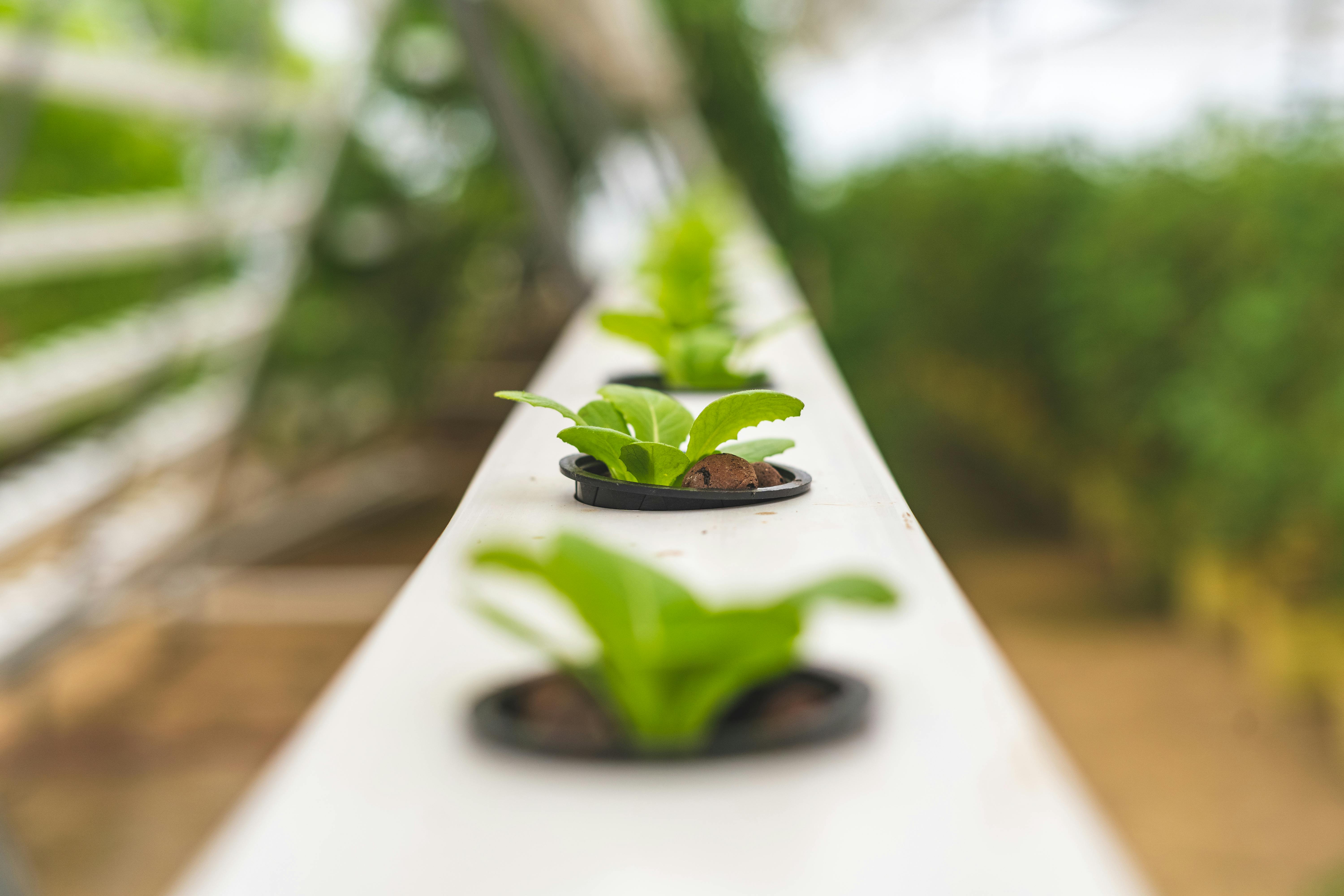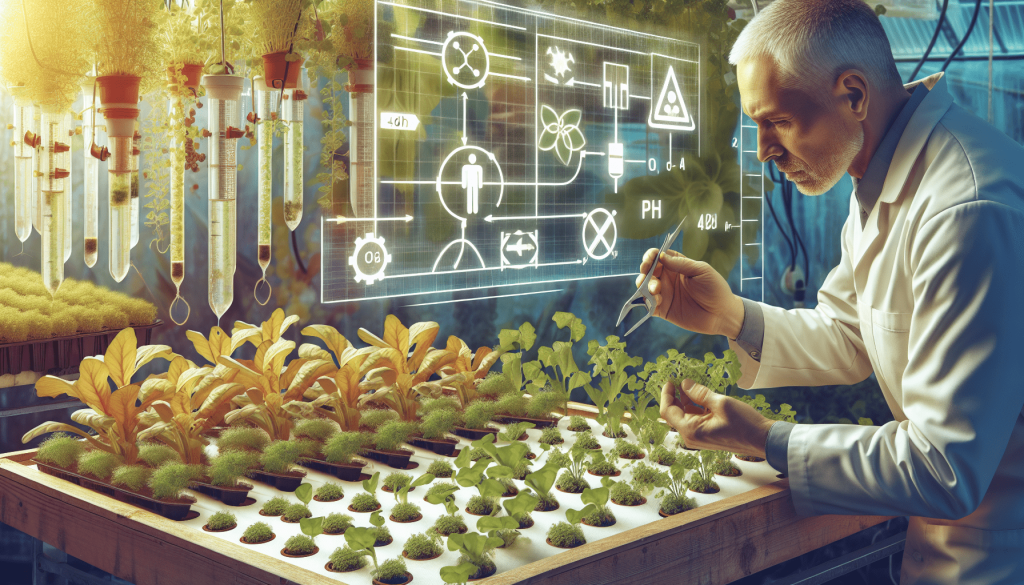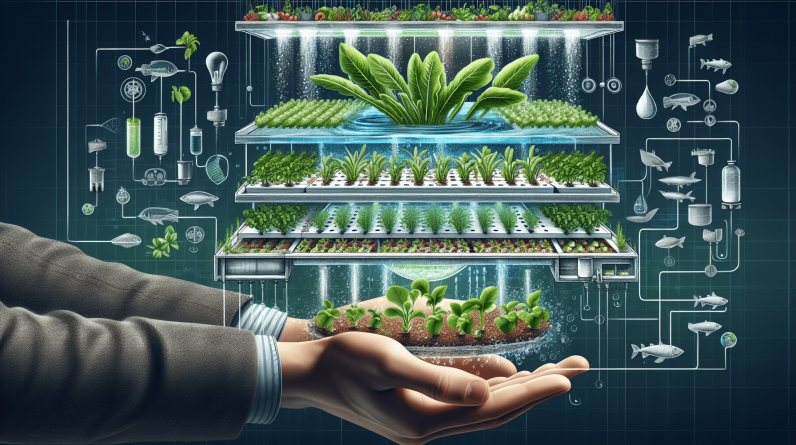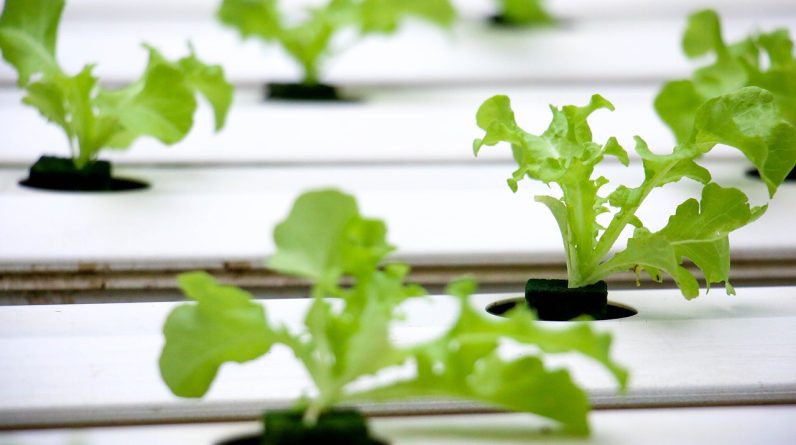
Have You Encountered Issues in Your Hydroponic System?
If you’ve been growing plants using a hydroponic system, you may have run into a few common problems. Don’t worry; these issues happen to even the most experienced hydroponic gardeners. In this article, we’ll guide you through troubleshooting common hydroponic problems step by step to ensure your plants thrive and your system operates efficiently.

pH Fluctuations
Maintaining the proper pH level in your hydroponic system is crucial for the health and growth of your plants. Fluctuations can lead to nutrient deficiencies or toxicities, impacting plant growth and overall yield. To troubleshoot pH fluctuations, start by regularly testing the pH of your nutrient solution using a pH meter.
How to Fix pH Fluctuations
-
Adjust Nutrient Solution: If the pH is too high, add a small amount of pH down solution to lower it. If the pH is too low, use pH up solution to raise it.
-
Monitor Regularly: Check the pH of your nutrient solution daily and make adjustments as needed to keep it within the optimal range for your plants.
-
Calibrate pH Meter: Calibrate your pH meter regularly to ensure accurate readings and precise adjustments.
Remember, most plants prefer a pH range between 5.5 and 6.5, so aim to keep your nutrient solution within this range for optimal growth.
Nutrient Deficiencies
Nutrient deficiencies can occur in a hydroponic system when essential elements are lacking in the nutrient solution. This can lead to stunted growth, yellowing leaves, and poor overall plant health. Identifying and addressing these deficiencies promptly is essential for plant success.
How to Identify Nutrient Deficiencies
-
Inspect Leaves: Look for symptoms such as yellowing, browning, or spotting on leaves.
-
Refer to Nutrient Charts: Use nutrient deficiency charts to determine which nutrients your plants may be lacking based on the observed symptoms.
-
Test Nutrient Levels: Conduct regular nutrient solution tests to ensure all essential elements are present in adequate quantities.
Once you’ve identified a nutrient deficiency, you can take steps to remedy the issue by adjusting your nutrient solution accordingly.

Root Rot
Root rot is a common issue in hydroponic systems caused by a combination of factors, including poor oxygenation, high humidity, and bacterial or fungal pathogens. It can lead to root decay, nutrient uptake issues, and overall plant decline. Preventing and addressing root rot promptly is crucial for Maintaining healthy plants.
How to Prevent Root Rot
-
Improve Oxygenation: Ensure your system provides adequate oxygen to the roots by using air stones or oxygen pumps.
-
Maintain Proper Temperature: Keep nutrient solution temperatures below 70°F to prevent the growth of root rot pathogens.
-
Sterilize Equipment: Regularly clean and sterilize your hydroponic system components to prevent the introduction of pathogens.
By implementing these preventative measures, you can minimize the risk of root rot and keep your plants thriving in a healthy environment.

Algae Growth
Algae growth in a hydroponic system can compete with your plants for nutrients, block light, and clog irrigation lines, leading to plant stress and reduced growth. Controlling algae growth is essential for maintaining the health and productivity of your hydroponic garden.
How to Control Algae Growth
-
Limit Light Exposure: Reduce the amount of light reaching your nutrient solution by covering reservoirs or using opaque materials.
-
Implement Darkness Periods: Allow for periods of darkness in your system to inhibit algae growth.
-
Use Algaecides: Consider adding algaecides or hydrogen peroxide to your nutrient solution to control algae growth.
By taking these steps, you can effectively manage algae growth in your hydroponic system and create a healthier environment for your plants to thrive.

Pump Failures
Pump failures can disrupt the circulation of nutrient solution in your hydroponic system, leading to inadequate nutrient delivery to your plants and potentially causing stress or damage. Identifying and resolving pump issues promptly is crucial for maintaining the proper function of your system.
How to Address Pump Failures
-
Check Power Connection: Ensure the pump is properly connected to a power source and troubleshoot any electrical issues.
-
Inspect Pump Components: Clean and inspect pump components for debris, clogs, or damage that may be impeding operation.
-
Consider Backup Pumps: Have a backup pump on hand to quickly replace a malfunctioning pump and avoid disruptions to your system.
Regular maintenance and monitoring of your pump can help prevent failures and ensure the consistent operation of your hydroponic system.

Temperature Fluctuations
Temperature fluctuations in a hydroponic system can impact plant growth, nutrient uptake, and overall system performance. Maintaining stable temperatures within the optimal range is crucial for the health and productivity of your plants.
How to Control Temperature Fluctuations
-
Use Insulation: Insulate reservoirs and piping to regulate temperature fluctuations and prevent heat loss.
-
Adjust Lighting: Position grow lights to minimize heat transfer to the nutrient solution and maintain consistent temperatures.
-
Monitor Regularly: Use a thermometer to track temperature changes in your system and make adjustments as needed.
By implementing these strategies, you can effectively control temperature fluctuations in your hydroponic system and create a stable environment for your plants to thrive.
Pump Failures
When using a hydroponic system, pump failures can be a significant concern. Without a functioning pump, your nutrient solution won’t circulate properly, leading to nutrient deficiencies in your plants. If you suspect a pump failure, it’s essential to address the issue promptly to prevent any negative impact on your plants.
How to Troubleshoot Pump Failures
-
Check Power Source: Ensure that the pump is properly connected to a power source and that the outlet is functioning correctly.
-
Inspect Pump Components: Take apart the pump and inspect the components for any damage, debris, or clogs that may be impeding its operation.
-
Consider Backup Pumps: Have a spare pump on hand to quickly replace a malfunctioning pump and avoid interruptions in nutrient circulation.
By following these steps, you can identify and address pump failures in your hydroponic system, ensuring that your plants continue to receive the necessary nutrients for healthy growth.
Pest Infestations
Pest infestations can wreak havoc on your hydroponic garden, damaging plants, and reducing overall yield. Identifying and treating pest issues promptly is essential for preventing widespread damage and maintaining plant health.
How to Manage Pest Infestations
-
Monitor Regularly: Inspect your plants regularly for signs of pests, such as holes in leaves, visible insects, or sticky residue.
-
Implement Physical Barriers: Use screens, nets, or row covers to prevent pests from accessing your plants.
-
Utilize Beneficial Insects: Introduce beneficial predators like ladybugs or lacewings to naturally control pest populations in your garden.
By taking a proactive approach to pest management, you can effectively prevent and address infestations in your hydroponic system, protecting your plants and maximizing your yield.
In Conclusion
Troubleshooting common hydroponic problems is an essential part of maintaining a healthy and productive garden. By addressing issues such as pH fluctuations, nutrient deficiencies, root rot, algae growth, pump failures, temperature fluctuations, and pest infestations promptly and effectively, you can ensure the success of your hydroponic system and the optimal growth of your plants. Remember to monitor your system regularly, implement preventative measures, and take action at the first sign of trouble to keep your plants flourishing in a sustainable and efficient growing environment.










